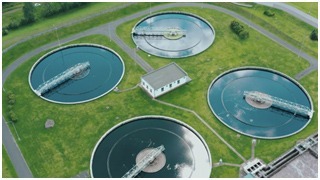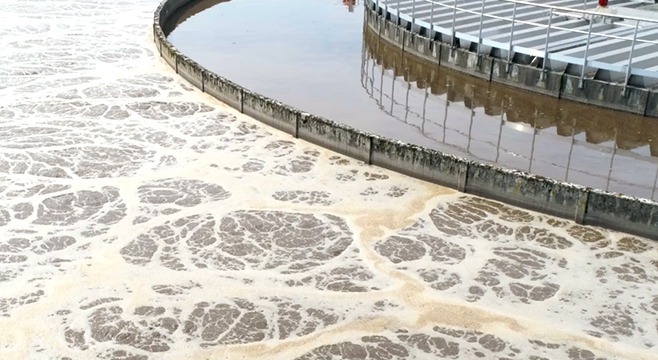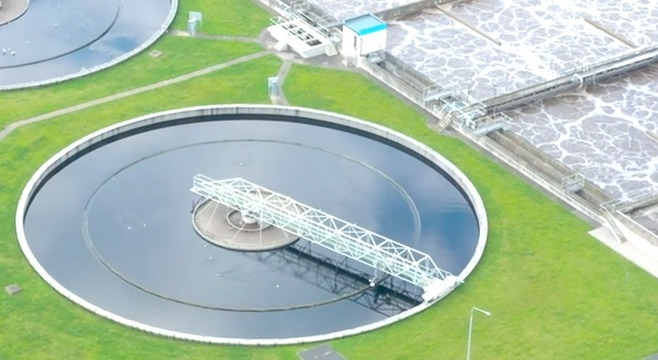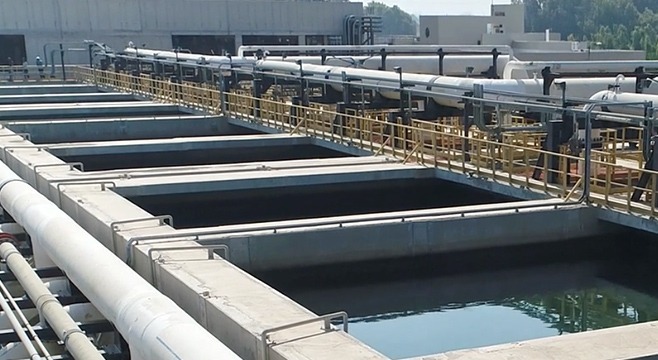Drinking Water and Wastewater Treatment Plant Revamping
Change is possible, by choosing to improve personal and environmental health thanks to new technologies.
Revamping is great opportunity not just to save money but also to recover technologies that could be obsolete by updating them and making them re-usable.
What exactly is revamping? It’s the renovation and modernization of pre-existing purifying plants or the potential alignment of structures according to the current needs of water discharge and/or re-use. Revamping also includes adjusting plants to new technologies in order to be able to access the “industry 4.0” hyper depreciation.
Revamping means integrating, re-thinking, modernizing, and often improving the efficiency of the entire plant to the point that it can gain the same results cutting time and products compared to a brand new project.
Like with any other line, Revamping strategically requires a good project but, most of all, great expertise, able to determine efficiency through an analysis aimed to contain expenditure. The same expenditure intended and structured to meet the parameters required regarding the industry 4.0 route and the relating hyper depreciation.
The revamping service on water purification plants is carried-out on the main technologies we manage:
- CAS: traditional purifiers
- SBR: made up by sequencing batch reactors, these systems are characterized by suspended biofilm activated sludge
- MBBR: moving bed biofilm reactors
- IFAS: integrated fixed-film activated sludge reactors and fluidized bed reactors
- MBR: membrane bioreactors
- FS: sand filtration
- FC: carbon filtration
Revamping Example
We revamped a purification plant nearby Vicenza, Italy, for a company that aims to perform agro-food processing in order to produce ingredients such as flours, oils and oilseed by-products.
After analyzing the pre-existing purifier, we found a water treatment ability pairs to 220 m3 per day. Therefore, considering different technological factors, we proceeded to change the existing machine with a new one with some improvements in terms of efficiency. The benefits gained are those given by the performance and safety of a technologically updated plant.










